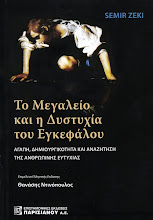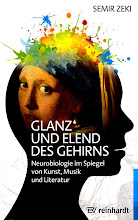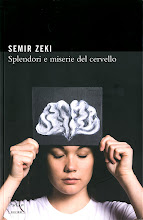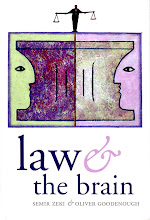An American friend drew my attention
recently to a paper published last year and entitled The Invisible Gorilla Strikes Again: Sustained Inattentional Blindness in Expert Observers. It is the report of a study in which experts failed to
detect an unexpected occurrence (gorilla) in their area of expertise even when viewing it
directly.
This phenomenon, known for a long time and,
to my knowledge, first described in a paper published in 1999 by Simons andChabris, is known as inattentional blindness.
In the past, it has been demonstrated with naïve subjects in unfamiliar tasks.
The authors of the above study asked: does inattentional blindness also occur
frequently among experts?
A very interesting and highly relevant question!
To study this, they asked 24 radiologists
(hence experts) to screen CT (Computed Tomography) scans of lungs for nodules.
The radiologists ranged in age from 28 – 70 years; hence some must have had
very considerable experience. Their eye movements were tracked as they viewed
the scans. But embedded in the scans was a gorilla which was some 48 times the
size of the average lung nodule that the radiologists were searching for;
moreover, it was positioned close to a nodule.
20 of the 24 experts did not report seeing
the gorilla and eye tracking revealed that, of the 20 radiologists who did not
report seeing the gorilla, 12 had looked directly at where the gorilla was
located.
The authors conclude that, “This is a clear
illustration that radiologists, though they are expert searchers, are not
immune to the effects of IB [inattentional blindness] even when searching
medical images within their domain of expertise”. They add, “Presumably, they
would have done much better at detecting the gorilla had they been told to be
prepared for such a target…perhaps a smaller gorilla would have been more
frequently detected because it would have been more closely matched the size of
the lung modules” [sic].
A sobering thought!
I imagine that, on the whole, radiologists
do end up detecting the nodules, even if they are apparently often not able to detect something
that is blindingly obvious (if I may use the phrase in this context).
But just think of experts in other domains, say economics, and above all of expert politicians of all
stripes and in all countries. Thinking about them, one cannot help but suppose
that they, too, must suffer from inattentional blindness, but this time of a
more cognitive variety.
In fact, I am increasingly inclined to
believe that many of today’s problems are due to the inattentional blindness of
politicians to the continual and rapid and huge changes occurring (and here the size of the gorilla compared to the lung nodules comes to mind). I am increasingly led
to believe that politicians just do not have their ears to the ground and, in
many instances, are – because of this inattentional blindness - way behind
public opinion on a great many issues. Hence they are not up to date experts.
Perhaps this puts the inattentional
blindness of radiologists to huge gorillas embedded in the scans they are
examining in perspective.









 Contact us
Contact us